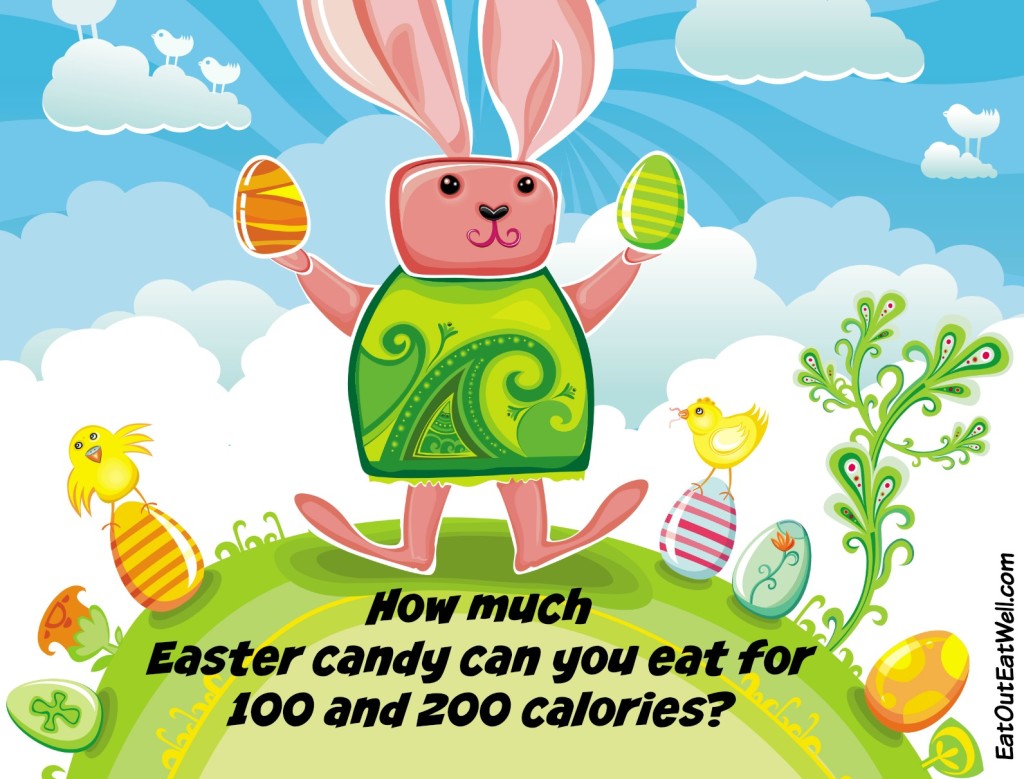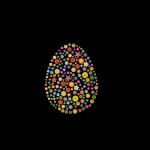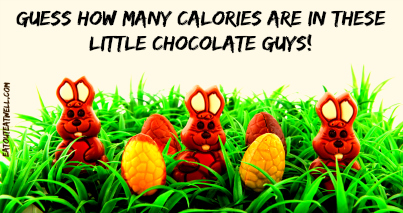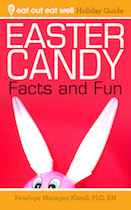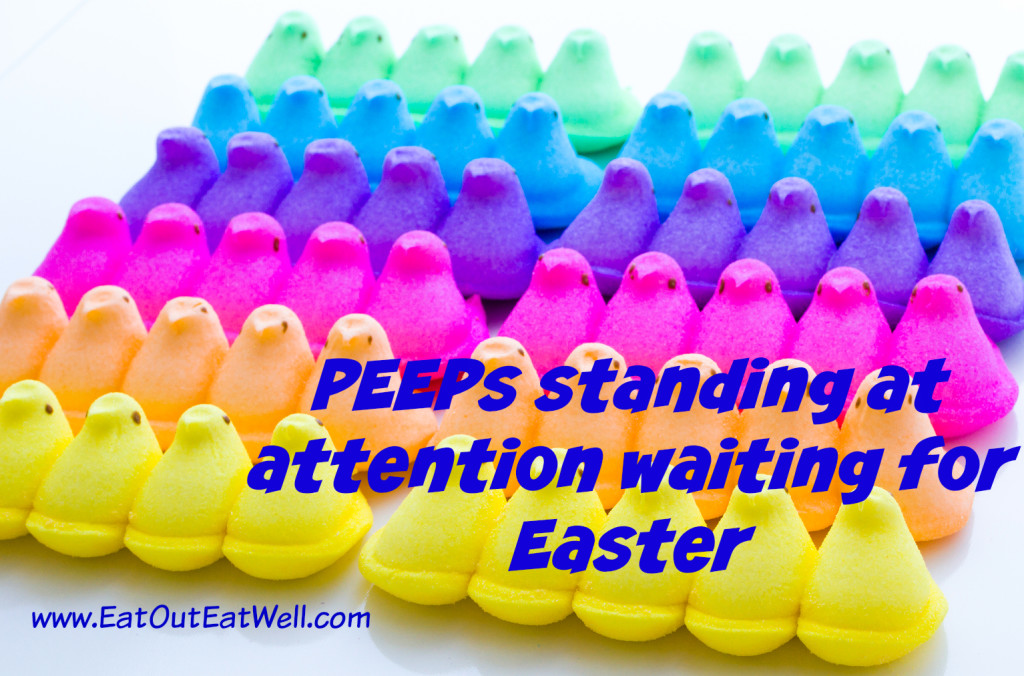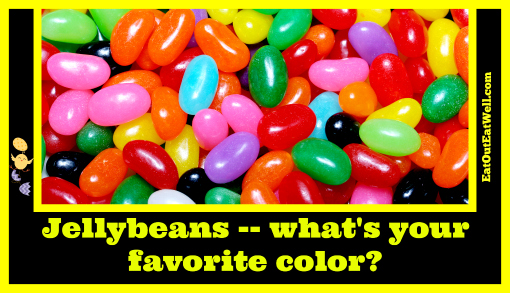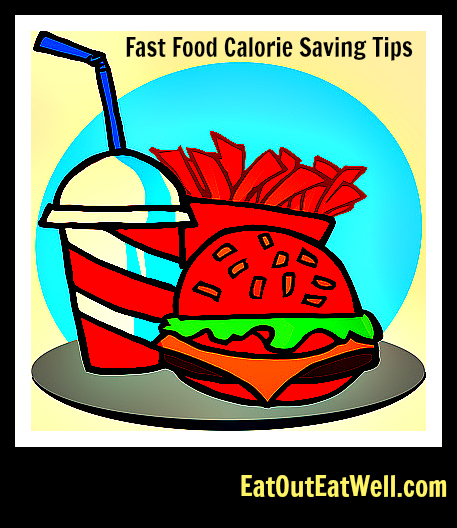Do you need a reason to splurge on a holiday – it is a celebration, after all? But, in case you want to “carefully” indulge on Easter candy, here’s how much of your favorite candy you can gobble down to the tune of 100 calories:
- 17 Brach’s jellybeans = 102 calories (6 calories each)
- 5 Peeps = 98 calories (28 calories for one Peep)
- 6 Cadbury mini eggs = 96 calories (16 calories for one mini egg)
- 2/3 of a Cadbury Crème egg = 100 calories (one egg is 150 calories)
- 5 Cadbury mini crème eggs = 100 calories (one Cadbury mini crème egg has 40 calories)
- 2/3 of a Cadbury caramel egg = 113 calories (one Cadbury caramel egg has 170 calories)
- 2 Cadbury mini caramel eggs = 90 calories (one Cadbury mini caramel egg has 45 calories)
- 2/3 Reese’s peanut butter egg = 113 calories (one Reese’s peanut butter egg has 170 calories)
- 5 Reese’s peanut butter mini eggs = 100 calories (one Reese’s peanut butter mini egg has 40 calories)
- 5 Hershey’s milk chocolate eggs = 102 calories (one Hershey’s milk chocolate egg has 29 calories)
Over and under the 200 calorie mark:
Higher Calorie Easter Candy (over 200 calories per serving):
- 5 oz mini bag Cadbury Chocolate Mini Eggs: 210 calories
- 5 Nestle Butterfinger Easter Nestggs: 210 calories
- 1/4 cup Pastel Peanut M&M’s: 220 calories
- 9 Hershey’s Milk Chocolate Pastel Kisses with Almonds: 230 calories
- 5 Hershey’s Pastel Miniature Chocolates: 230 calories
- 1 small 2.5 ounce Fannie May Solid Milk Chocolate Rabbit: 420 calories
- 1 small 7 ounce bag Jelly Belly Jelly Beans: 700 calories
Lower Calorie Easter Candy (under 200 calories per serving):
- 1 package (5 chicks) Peeps Marshmallow Chicks: 140 calories
- 1 Cadbury Crème Egg: 150 calories
- 1 Cadbury Caramel Egg: 170 calories
- 1/8 cup M&M’s: 105 calories
- 1 Reese’s Peanut Butter Egg: 180 calories
- 4 Reese’s Peanut Butter Mini eggs: 160 calories
- 7 Rolo Pastel Chewy Caramels: 190 calories
